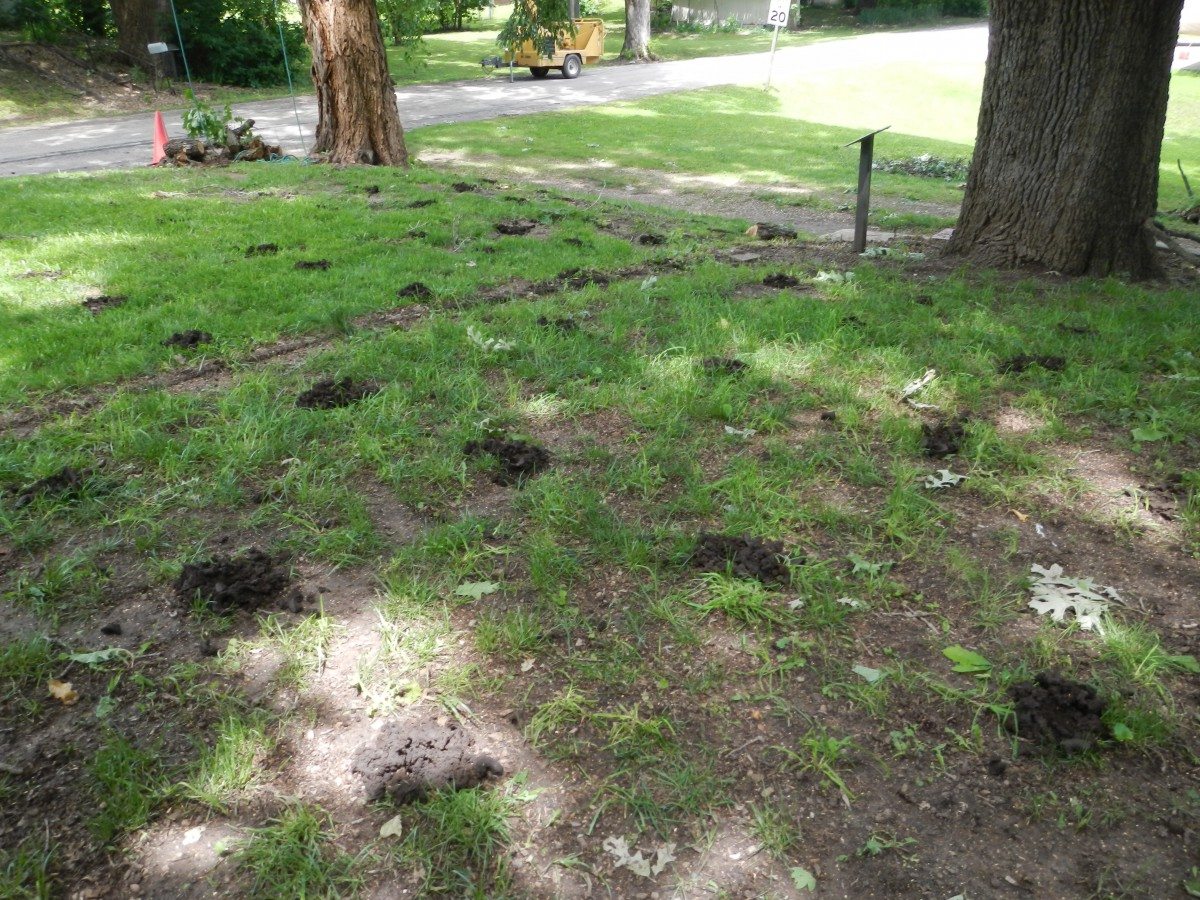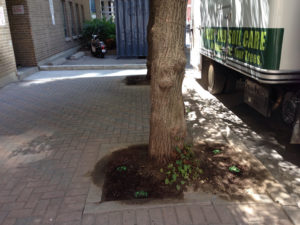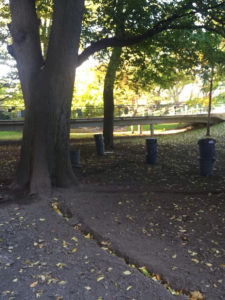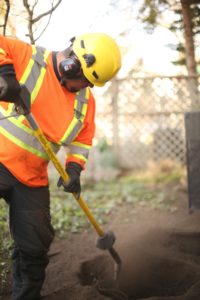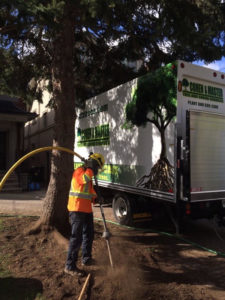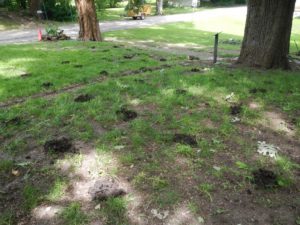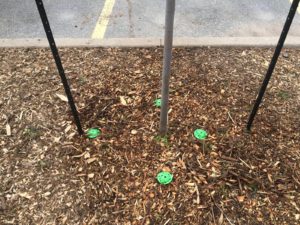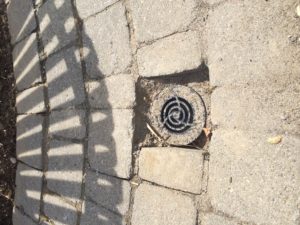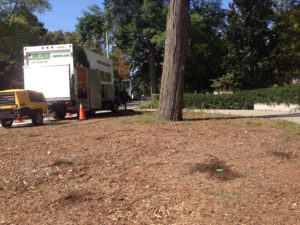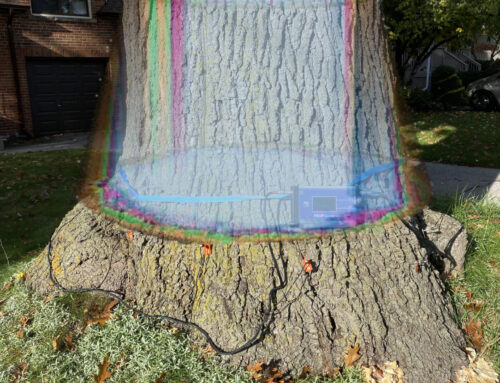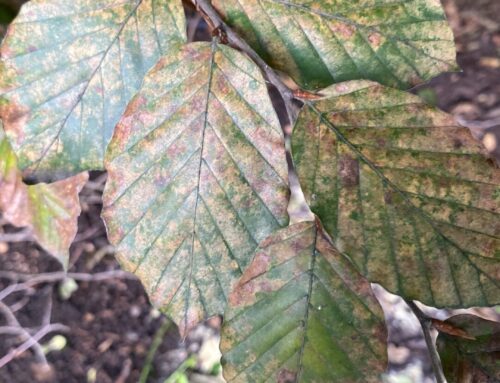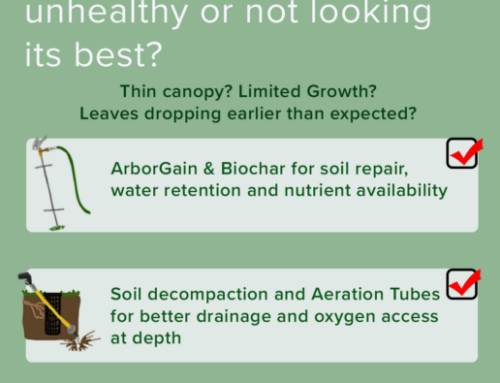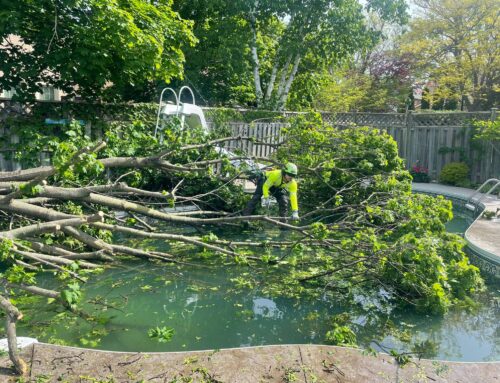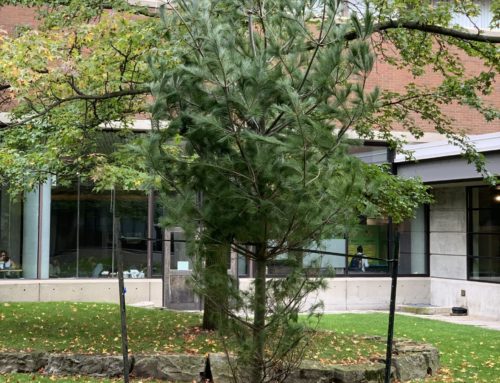Why do trees require un-compacted soils?
Trees require un-compacted soils to allow for proper root growth, spread and movement. Heavily compacted soils also restrict the movement of air and water within the soil, which can ultimately lead to the decline of the tree.
Compacted soils limit the water infiltration and gas exchange with the air above, which is crucial for root development.
What is the role of oxygen in the soil?
Oxygen within the soil is needed by most of the microorganisms that release nutrients in the soil needed by the plants. That is why there needs to be an appropriate balance between soil oxygen and water, as water forces the oxygen out when there is an abundance of moisture.
Soil air is very different than the above grade air. One of the biggest differences is between the levels of carbon dioxide. The soil contains high levels of carbon dioxide, which means the oxygen level become limited. Since tree roots need oxygen to live, it is importance to allow proper aeration in the soil.
Why do urban soils become compacted?
Soil compaction occurs very often in the urban setting, there are many different causes that lead to compaction.
Foot, vehicle traffic and construction damage are the biggest causes of compaction. Inappropriate irrigation can also lead to compaction issues within the soil.
Compacted soils will very quickly stunt the root development of the plants and trees.
Construction impacts in Toronto are causing a great deal of soil compaction. The tear down of old homes and the building of new ones are directly causing compaction within the soil because of all the heavy machinery, equipment, and building material. Once the construction is completed, little to no attention is being paid to the negative impacts on the soil and the implications it has on the surrounding environment.
How we de-compact soils and allow gas exchange in a non-invasive manner that will not harm tree roots.
Air Spade – A good remedy for compacted soil is for us to bring in our air spade and do radial trenching to the tree in question. This will relieve the soil compaction by creating trenches in a spoke-like pattern throughout the root zone extending out as far as the drip line. Once we have finished with the air spade we will backfill the trenches made with our custom compost, which will add nutrients and beneficial organic matter back into the soil.
Vertical Mulching – a common practice/solution used here at Cohen and Master to alleviate soil compaction. Vertical mulching involves using the air spade to create a vertical channel 10 -18 inches deep in soil throughout the root zone of the tree. These channels will be then backfilled with our custom compost mix. This will ultimately improve the movement of water, air and nutrients and roots within the soil.
Aeration Tubes – another service often provided by Cohen and Master, and being used more frequently in the urban setting, especially in the high traffic area throughout the root zones of trees. Aeration tubes promote easier air and gas exchange to the root system of the tree, which promotes healthier root development.
The aeration tubes allow for active convection to take place. This means at nighttime when the temperatures drop, since cooler air is heavier, the aeration tubes convection cap is pulling the cool air down and then forcing the warmer out. This active exchange of oxygen is critical to the tree’s root zone.
They conserve water by allowing direct watering to the roots, eliminating runoff caused by conventional irrigation or sprinklers. These tubes also collect natural rain and any runoff from storms directing it directly into the tubes down to the root zone.
The aeration tubes can be installed when planting new trees, they help reduce shock and stress caused by the transplanting. They also help establish the trees zone quicker and will help promote deeper root growth.

